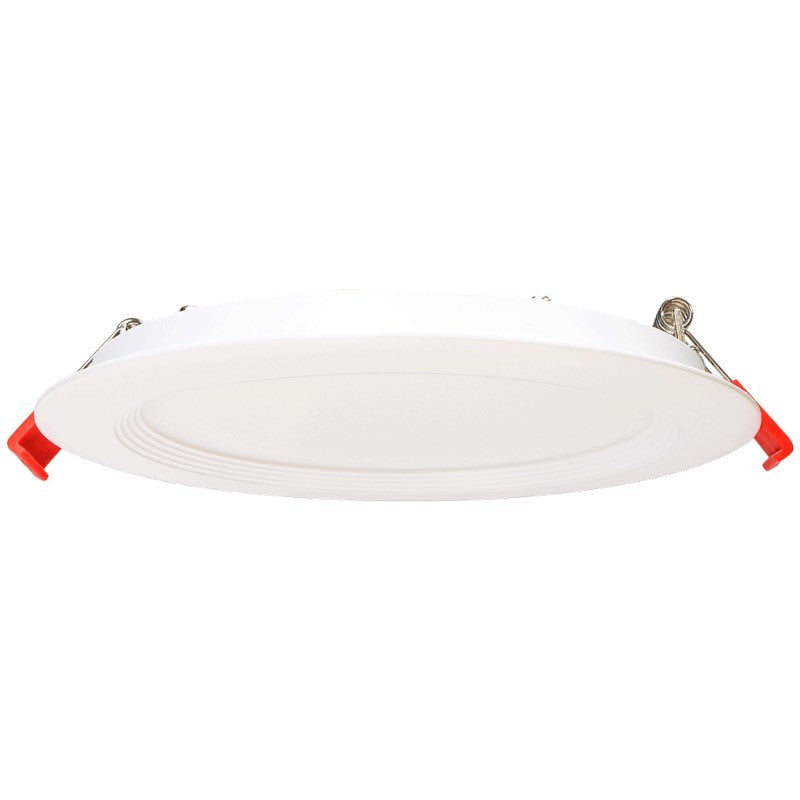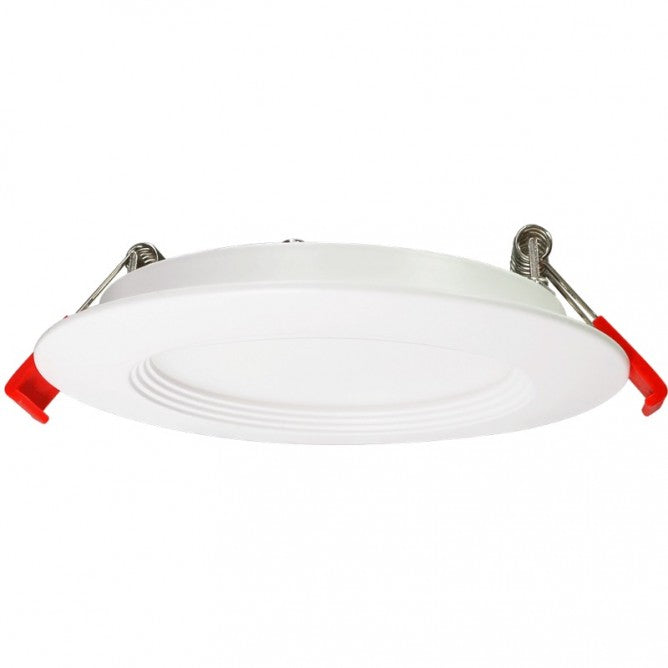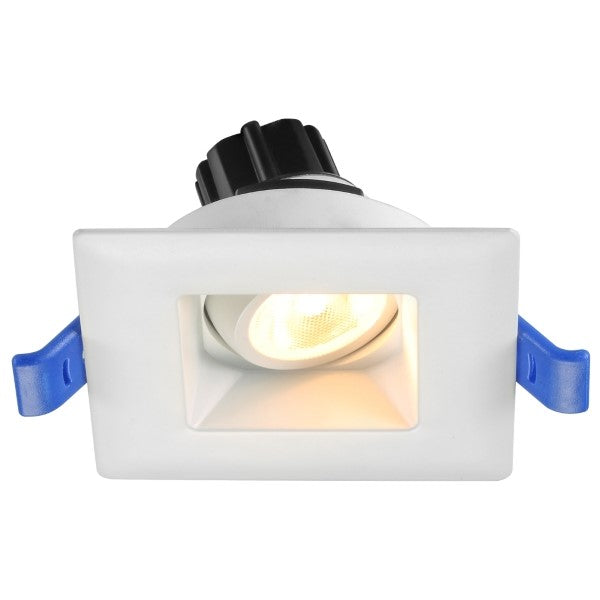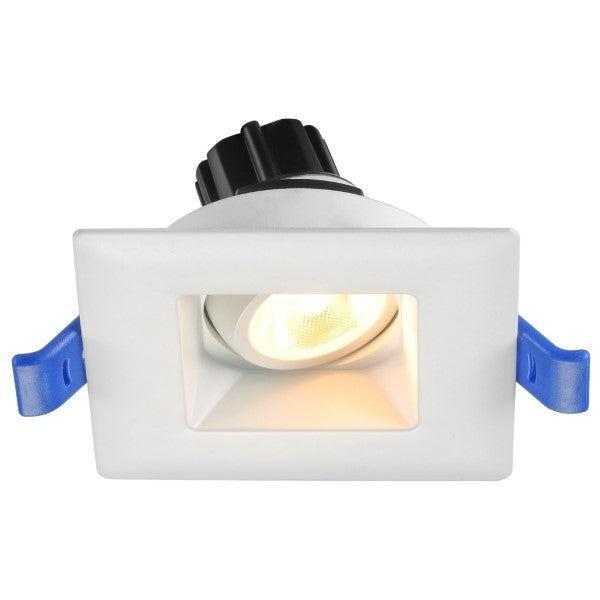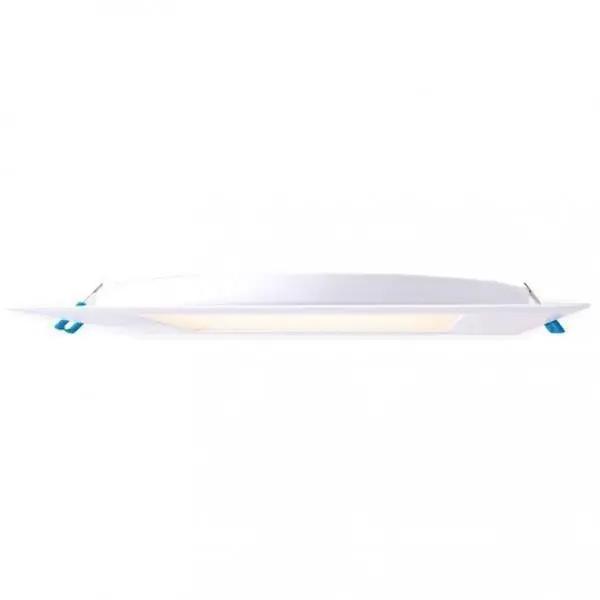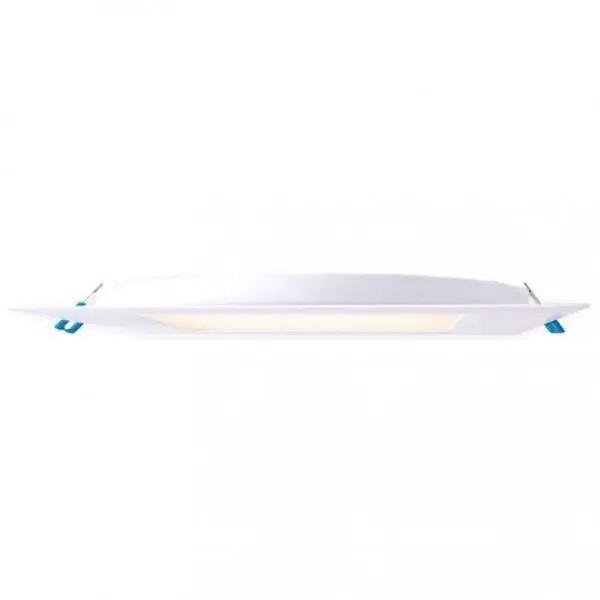Kitchen lighting is critical for both functionality and ambiance. From prep work to entertaining guests, kitchens demand layered lighting that includes both ambient and task illumination. Refresh your kitchen’s style and performance with our versatile LED kitchen lights from Stars and Stripes Lighting.
Need Lighting Guidance?
Whether you're selecting the right bulb or designing a full lighting layout, Stars and Stripes Lighting is here to help. Our team is ready to assist with expert advice tailored to your style, space, and budget. Reach out by phone or chat — we’ll make it easy.


















